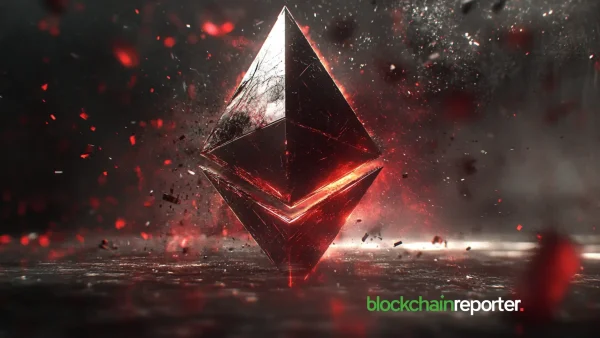
For the first time in over two years, the Ethereum hashrate shot upwards, reaching nearly 250 terahashes a second. The closest it has been to the 300 TH/s recorded in August 2018, with it going down or stagnant until in July this year when it spiked.
The explosive increase in the ethereum hashrate appears to be influenced by the rapidly growing Decentralized Finance(DeFi), which tolerates high network fees. Increased confidence in mining ETH, which is at $370, may have contributed to the rise too.
Ethereum Gas Fees Still Higher than BTC’s
On September 2, the Ethereum fees reached Venus, the highest point it ever got to. It was more elevated than when someone mistakenly paid a price of 10,000 ETH for one transaction. The costs have been reducing yesterday and have settled at 8000 ETH, higher than BTC. Even with the lowered prices, it still amounts to about $3 million worth of the asset.
While DeFi provides investors with financial products through decentralized services such as exchanges, it has high transaction fees. The high prices gravely affect the value of many tokens, accordingly.
Ethereum’s current gas prices respond to the limited number of transactions that one can facilitate using a single block. In such a scenario, miners can choose the highest-priced transactions as the priority. The result of this is an increase in gas prices. ETH gas fees supplement miners’ incomes hence doubled their rewards.
According to Jordan Earls, co-founder of Qtum, by users spending a small amount of ETH at current gas prices to secure gas, the network will not get to respond appropriately to an increase in gas prices like today. Those with access to these tokens can now use this cheap gas and get their transaction prioritized without spending any ETH.
Solution to High ETH Network Traffic
Jagdeep Sidhu, the lead developer for Syscoin, said that the network can offload most traffic without users abandoning the platform or seeking other alternatives. He provided a layer-two solution where sidechains serve simple value transfers, accessible to ERC-20 owners through a two-way bridge. The balancing effect gets created, and the ETH mainchain usability increases.
An increase in user activity on the network could have caused rising transaction fees. Therefore, the hashrate is rising, which are both healthy signs of ETH growth. As long as Ethereum remains a proof-of-work (PoW) blockchain network, hashrate serves as a vital measure of blockchain security.








